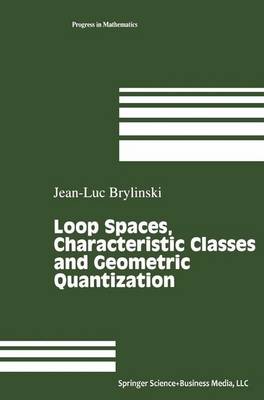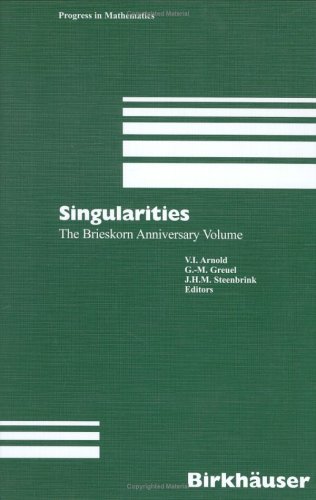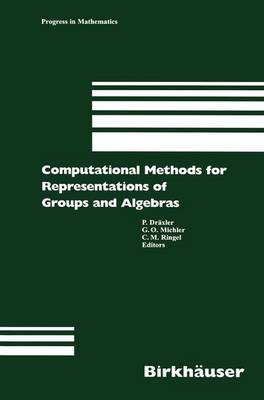Progress in Mathematics
6 primary works • 8 total works
Book 99
Sympletic Geometry and Mathematical Physics
by P. Donato, etc., C. Duval, J. Elhaded, and G. M. Tuynman
Book 107
Loop Spaces, Characteristic Classes and Geometric Quantization
by Jean-Luc Brylinski
This book examines the differential geometry of manifolds, loop spaces, line bundles and groupoids, and the relations of this geometry to mathematical physics. Applications presented in the book involve anomaly line bundles on loop spaces and anomaly functionals, central extensions of loop groups, Kahler geometry of the space of knots, and Cheeger--Chern--Simons secondary characteristics classes. It also covers the Dirac monopole and Dirac's quantization of the electrical charge.
Book 114
Residue Currents and Bezout Identities
by Carlos A. Berenstein, etc., Roger Gay, Alekos Vidras, and Alain Yger
Book 162
Brieskorn Anniversary
by Vladimir I. Arnold, etc., G.-M. Greuel, and J.H.M. Steenbrink
Book 173
Computational Methods for Representations of Groups and Algebras
by P. Draexler and etc.
Book 185
Analysis and Geometry on Complex Homogeneous Domains
by J. Faraut, etc., Soji Kaneyuki, Qi-keng Lu, and Adam Koranyi
covered in this excellent introductory text. Written by experts in
the subject, each chapter unfolds from the basics to the more complex.
The exposition is rapid-paced and efficient, without compromising
proofs and examples that enable the reader to grasp the essentials.
The most basic type of domain examined is the bounded symmetric
domain, originally described and classified by Cartan and Harish-
Chandra. Two of the five parts of the text deal with these domains:
one introduces the subject through the theory of semisimple Lie
algebras (Koranyi), and the other through Jordan algebras and triple
systems (Roos). Larger classes of domains and spaces are furnished by
the pseudo-Hermitian symmetric spaces and related R-spaces. These
classes are covered via a study of their geometry and a presentation
and classification of their Lie algebraic theory (Kaneyuki).
In the fourth part of the book, the heat kernels of the symmetric
spaces belonging to the classical Lie groups are determined (Lu).
Explicit computations are made for each case, giving precise results
and complementing the more abstract and general methods presented.
Also explored are recent developments in the field, in particular, the
study of complex semigroups which generalize complex tube domains and
function spaces on them (Faraut).
This volume will be useful as a graduate text for students of Lie
group theory with connections to complex analysis, or as a self-study
resource for newcomers to the field. Readers will reach the frontiers
of the subject in a considerably shorter time than with existing
texts.
v. 123
v. 131 & 132




